John Hurrell – 14 September, 2016
Dan Arps’ textured and claylike wall reliefs are a form of drawing made with rolled up, kneaded tubes of clay, pressed into a base to form lines within images within what appear to be knobbly trays or ‘framed paintings.’ These casts make striking wall sculpture, especially when painted in pastel or deep dark hues. Straddling painting and sculpture, these highly tactile shallow reliefs allude to the lumpy sculpture of Matisse, Degas and Rodin – their claybased additive processes.
Three very different types of artist are presented here, though it might be argued that the raw and challenging works of Jim Allen and Stella Corkery are reminiscent of the old Dan Arps of Gambia Castle days, though not of his current painted, well finished, polyurethane casts.
Dan Arps‘ textured and claylike wall reliefs are a form of drawing made with rolled up, kneaded tubes of clay, pressed into a base to form lines within images within what appear to be knobbly trays or ‘framed paintings.’ These casts make striking wall sculpture, especially when painted in pastel or deep dark hues. Straddling painting and sculpture, these highly tactile shallow reliefs allude to the lumpy sculpture of Matisse, Degas and Rodin - their claybased additive processes.
There are six large ones in the main Lett gallery (at street level) and a particularly tasty smaller variation downstairs in the ‘cellar’ exhibiting space.
Stella Corkery in this show presents several approaches to painting production, using canvases and mostly very lightly stroking brush strokes with pale paint. They are usually made quickly as cursive (looping) gestures, creating a sense of flurried performative activity which now and then (coincidentally) gets transmuted into markmaking when the brushes connect with a surface. The paintings thus seem like fortuitous residue from a tangential activity unconnected (physically or conceptually) with the stretcher, the construction of a ‘readable’ analysable image not being a high priority. Because of this they seem to exude an existential angst, a sneer towards premeditated creativity, or emotional investment.
Some sets play off a background of darker paint sprayed through soft netting against more dominant pastel finger-painting, or pale aleatory marks against what seem to be darker drawings of small cushions leaking feathers.
Like Corkery, the set of six Jim Allen cardboard sculptures has a causal ‘throwaway’ quality; a strived for ‘messy’ ambience. Presented on stools (serving as plinths) they appear to be rough maquettes for envisaged installations in set architectural spaces where photocopied texts (mutilated psychoanalytic theory, and pre-surrealist poetry from Comte de Lautréamont‘s Maldoror) are pasted on the inner and outer walls. (You have to bend down low to read them.) With these loosely put together sculptures, the use of printed text seems to refer to Allen’s pioneering O-AR1 installation of 1974 - shown again in 2007.
Ostensibly childlike - with occasional primary coloured rectangles attached to the white walls, and painted-over toy trucks and tractors, symbols of toppled masculinity, heaped around their base - but still very knowing, Allen’s constructions tease the expectations of his (much younger) audience: ‘I walk along, waving my arms and mumbling, almost wordlessly stricken by dementia, shortening my steps so as not to interrupt my mumbling.’
These casual looking works are entitled This and That, and a smart guess would be that That refers to the aforementioned O-AR1, a two venue, textually-loaded work (beautifully discussed in this essay by Rob Garrett, published by AUT in 2007). Although plinth sculpture, Jim Allen’s contribution to this Lett show is a type of stationary book, an artwork you walk around and not into - to read in order to rediscover the past.
John Hurrell
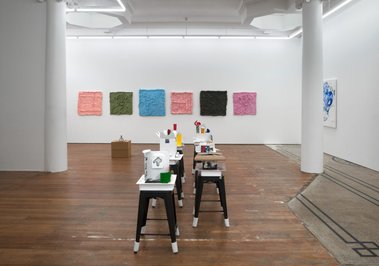
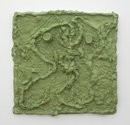
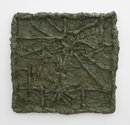
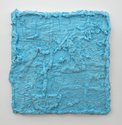
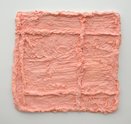





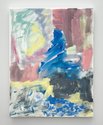


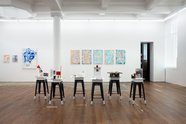
 Two Rooms presents a program of residencies and projects
Two Rooms presents a program of residencies and projects Advertising in this column
Advertising in this column



This Discussion has 0 comments.
Comment
Participate
Register to Participate.
Sign in
Sign in to an existing account.